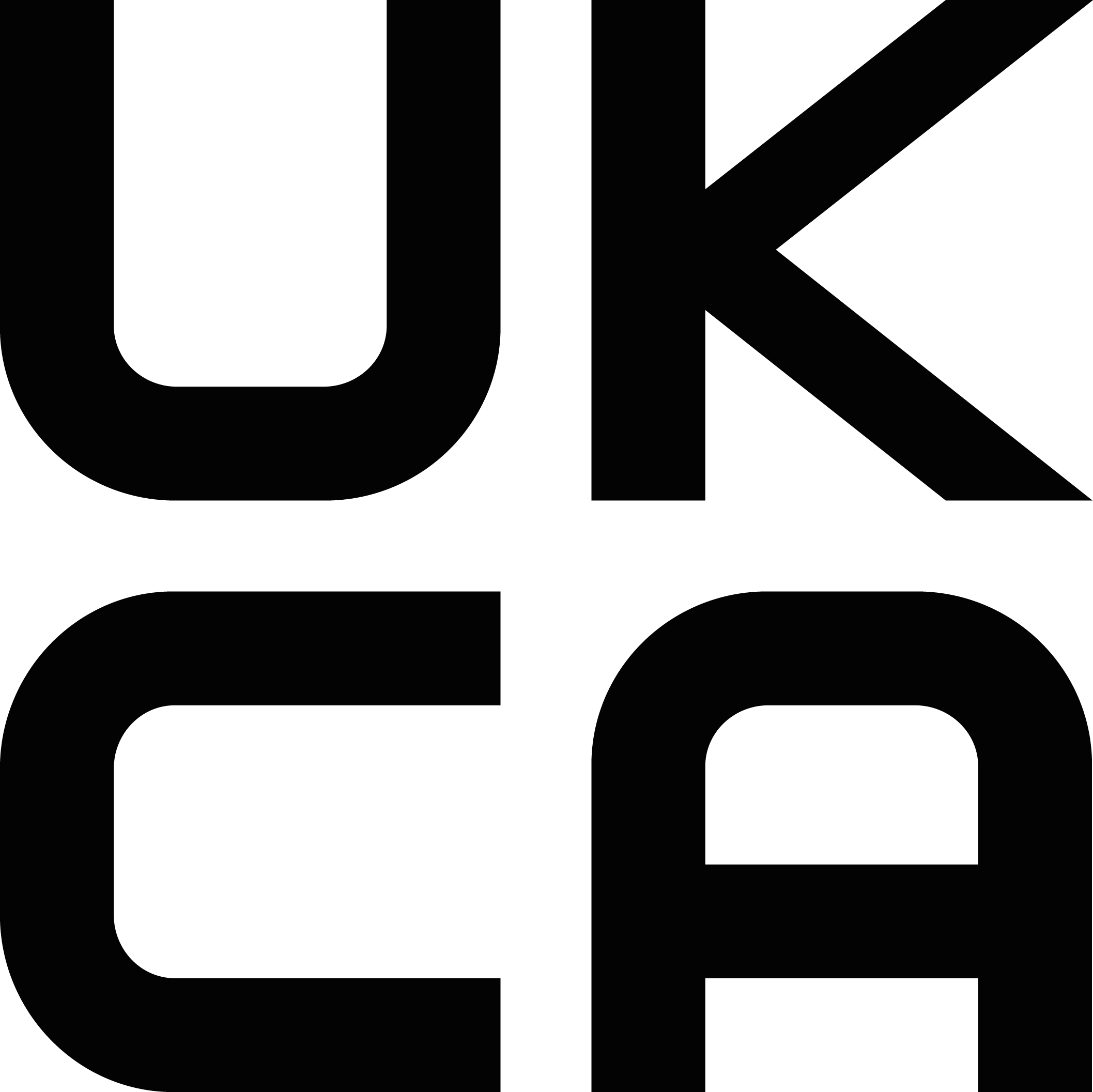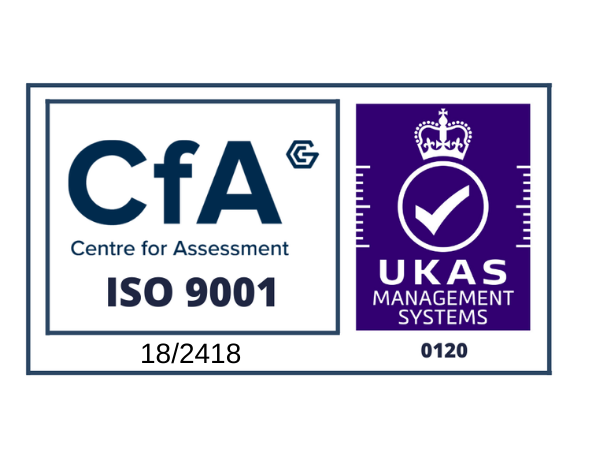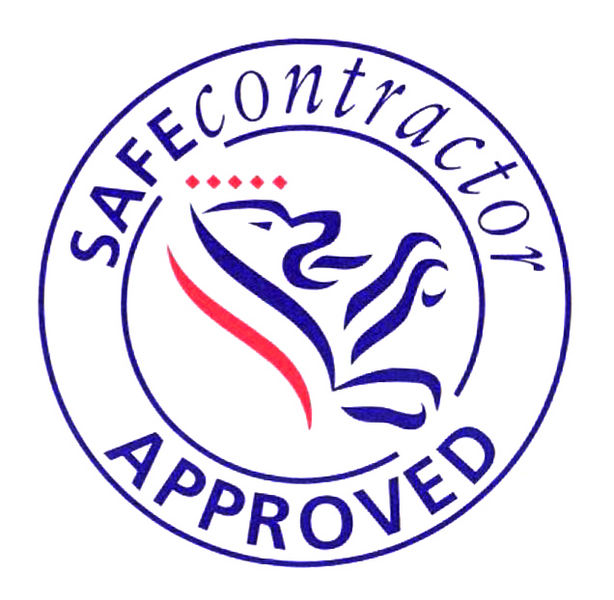Save Money by Checking a Property's Energy Rating
Very few property buyers actually consider the energy rating of a home before they buy. However, if you did this it could help you save money. Poorly rated properties cost significantly more each year to run, whereas an energy-efficient home could enable you to lower your bills.
According to figures released in a new survey from Keepmoat, a construction and regeneration business, only 10% of home buyers think about the energy rating when they're weighing up the benefits of a particular house. The research found that the most important factor was being close to family. Other elements that came out high were parking facilities, transport links, proximity to local amenities and having plenty of green space around the property.
However, with energy bills being a significant element of a household's monthly bills, paying more attention to the energy rating could benefit you financially.
What Is the Energy Rating?
You can easily check the energy rating of a property by using the Energy Performance Certificate (EPC) that will be available through the estate agent. These are compulsory if a property is being sold, bought or rented. The certificate provides a rating from A to G, as well as details on the amount of energy the property uses, how much the energy bills will typically be and ways of reducing the amount of energy you use.
How to Make a Property More Energy-Efficient
Even if you choose a home with a good energy rating and it has the other features that you're looking for, such as a cast iron balcony, you can still make it more efficient.
One important area of heat loss is through inefficient doors and windows. Check how well they are sealed, as the sealant can easily deteriorate, which will allow air to escape. The sealant can simply be replaced, or you might want to consider putting in new ones if they're particularly old. Newer windows or doors, including French doors that lead on to a cast iron balcony, will have better energy-efficiency ratings. The initial cost of replacing them can be partly recouped through the reduction in bills.
A cost-effective means of reducing your energy loss is to increase the amount of insulation within your property. Even if the house is already insulated, the effectiveness of some types, such as loft insulation, can decrease over time. Check the thickness of the insulation within your loft or roof space, and replace it if necessary. If your property doesn't already have wall insulation, adding this would also be a beneficial measure.
Investing in an electric monitor will show you exactly how much you're using at any one time. This will enable you to consider what uses the most energy and will push you into turning off appliances or lights when they're not needed.
Next time you're looking at buying a property, or if you just want to reduce your current costs, consider how the house is performing and look at ways to improve the energy rating.







